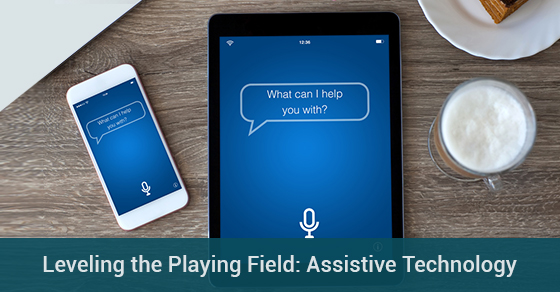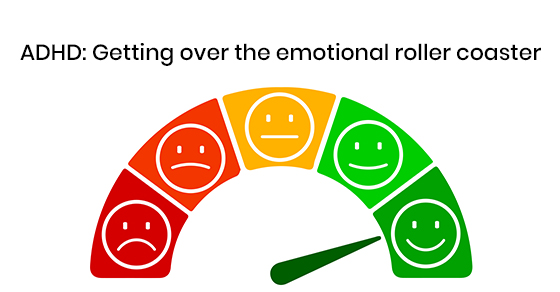Students who struggle with learning disabilities and receive remediation for those challenges are still required to do their homework, complete assignments, and take tests and exams. And some student deficits, such as graphomotor weakness, cannot be altered. What’s the solution? Assistive technology to the rescue! Such technology, when used consistently, keeps students engaged in the learning process, allows them to follow the curriculum, improves their self-esteem and self-confidence, and enables them to be independent even in the face of unchangeable neurobiology. With these supports, students can avoid underperforming.
A Helping Hand
When students sight-read instead of decoding, for example, it places a heavy load and demand on their working memory, which further reduces their ability to comprehend. On the surface, it may look like reading is fluent, but mentally it is very effortful. This means that there is very little working memory and attention available to understand what is being read. The use of assistive technology changes this—it does the job of working memory, making comprehension possible.
Overcoming Obstacles
Barriers to the sustained and effective use of assistive technology include poor instructional support, social pressure, accessibility, and effort. It is important that students are trained thoroughly in the application and use of the technologies that work best for them. Without a thorough understanding of each tool, students may give up or avoid using it. For many students, standing out among their peers is embarrassing and unpleasant, and the use of assistive technology can exacerbate that feeling. Parents and teachers can help students overcome this stigma—real or perceived—by encouraging all students in the classroom to use technology as part of the curriculum. Ensuring access to the right technology is also critical. It is additionally important to give students the reassurance they need in order to use supports that may add time to assignments and tests. That extra effort can be fatiguing and frustrating, but it will pay off. Research shows that students perform better academically when they use assistive technology alongside learning strategies, a benefit that extends to employment success (Hasselbring & Bausch, 2005).
Consistency is the hallmark of effective technology implementation. After all, we want students to be able to access the curriculum all of the time, and not just occasionally! It is imperative that assistive technology is always implemented when taking tests and exams.
Help Is on the Way
Technology can assist with attention, writing, graphomotor challenges, organization and planning, and reading. Examples include:
- Virtual highlighters, which turn highlights into bulleted or “point form” notes.
- Word prediction apps, which assist students with spelling challenges and overcoming writing difficulties.
- Voice-to-text and text-to-speech programs, which help with reading (i.e. Natural Reader, which is free on Macs and on iPads).
- Audiobooks, available in libraries (library cards can be acquired online) and on websites.
- Google Docs, which provides free voice recognition.
- Dropbox and Google Drive, which help students organize their documents.
- Mind-mapping software and planners, available online.
- Siri, a virtual assistant who speaks aloud, available on iPhones and iPads.
- Rescue Timer, which helps students stay on track by observing the amount of time dedicated to doing productive things on a device or computer, and provides prompts and reminders to help them get back on task.
- Phone reminders, which provide alerts for organization and planning.
Evoke Learning offers tutoring, coaching, and mentoring services that can help families identify and implement complementary technology for their students. Contact us to learn more.
Resources
McIntosh, M. (2010) Resistance is Futile … Assistive Technology and Students with Learning Disabilities.
http://www.ldao.ca/wp-content/uploads/Assistive-Technology-Students-with-LDs.pdf
Messmer, A. (2013) Students with Learning Disabilities: The Effectiveness of Using Assistive Technology
https://fisherpub.sjfc.edu/cgi/viewcontent.cgi?article=1294&context=education_ETD_masters
')}



